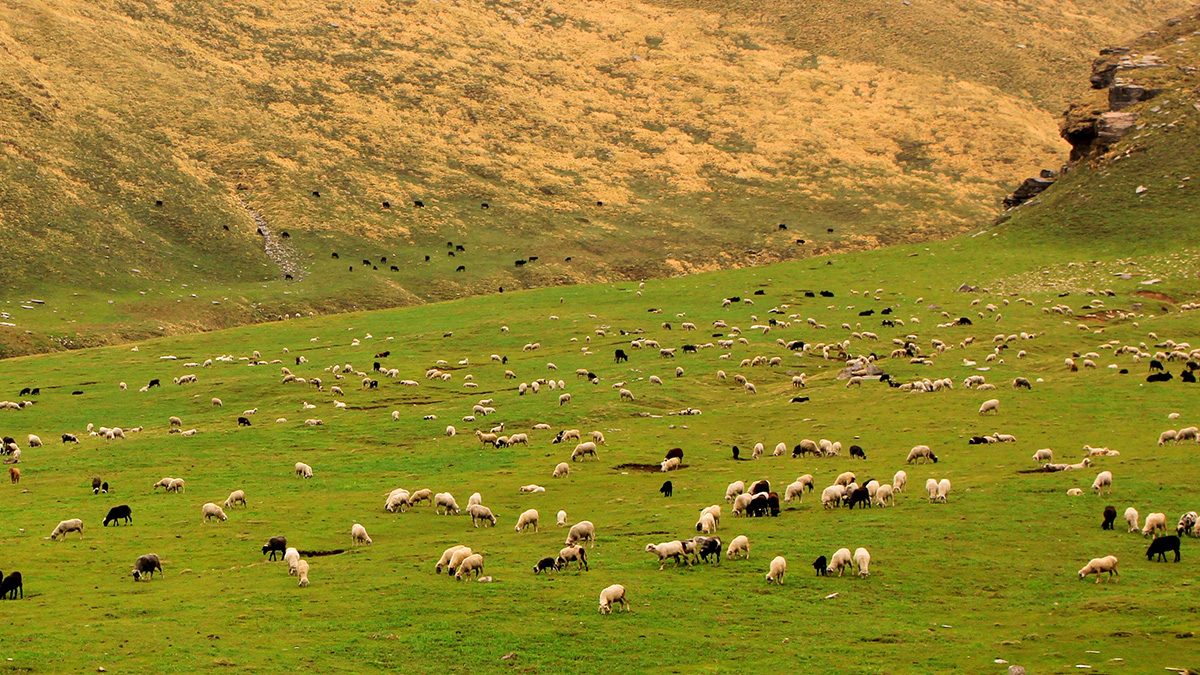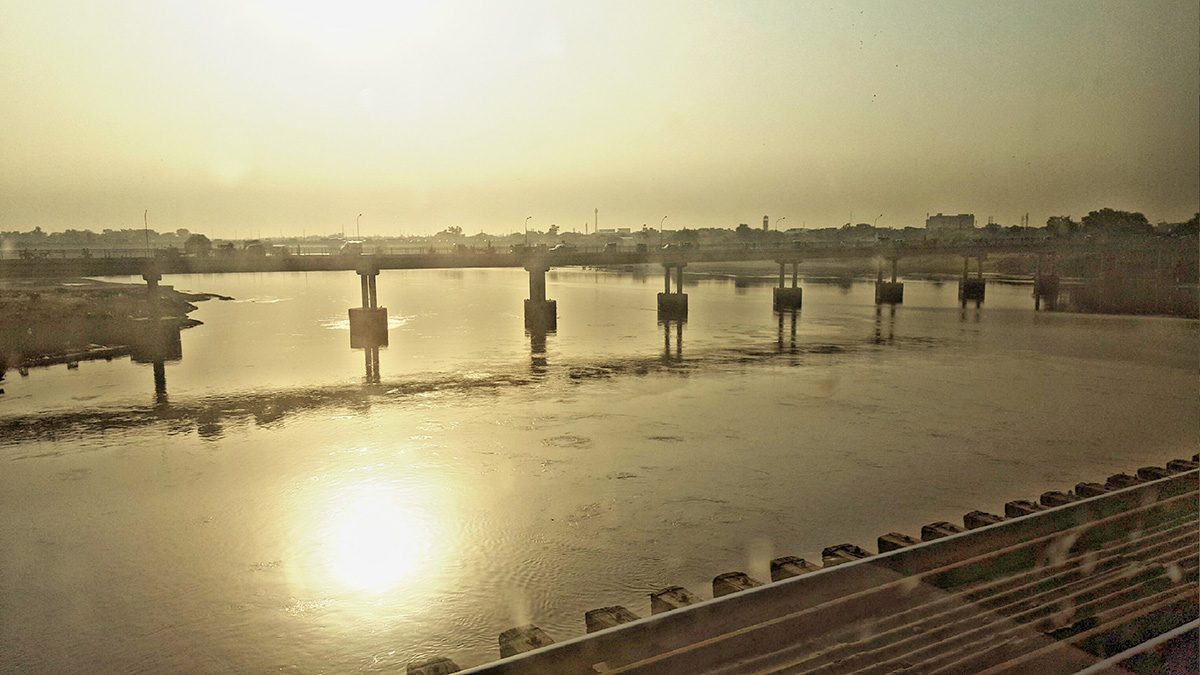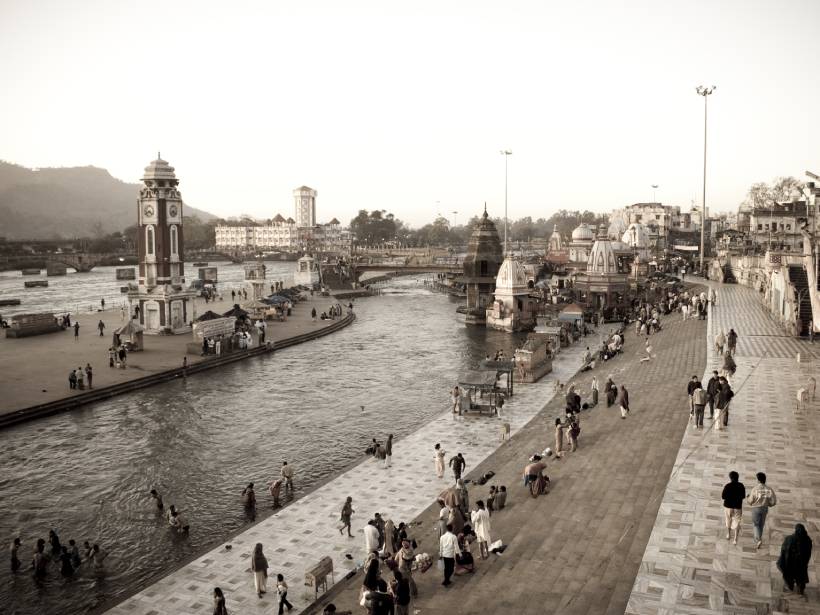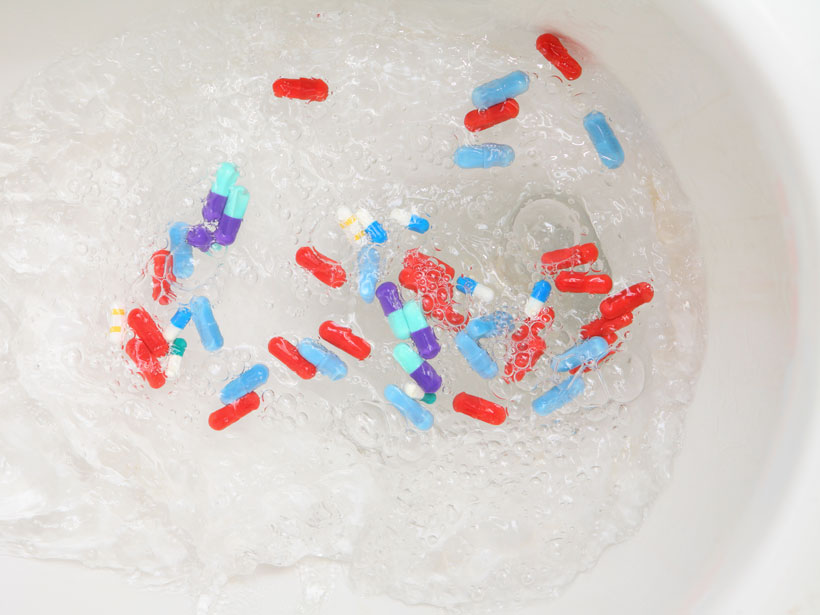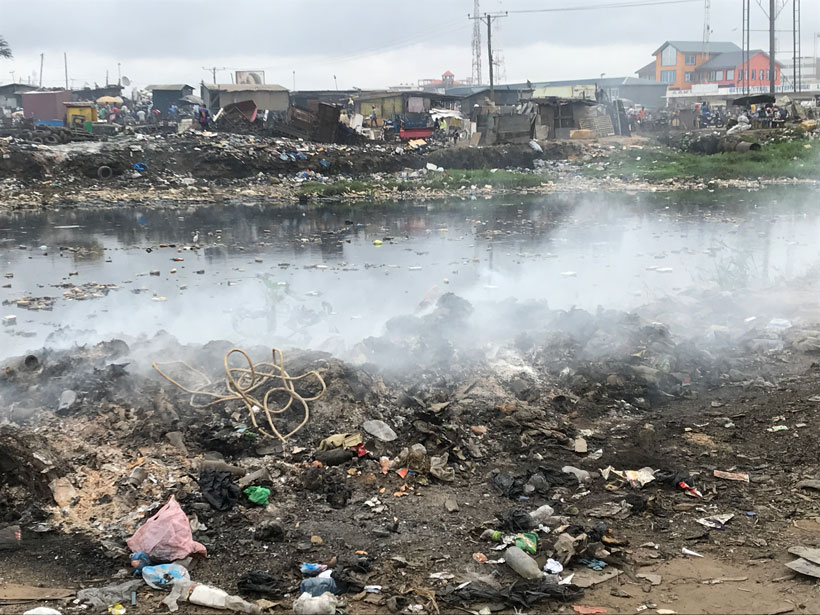Livestock grazing areas sequester less carbon than those under wild herbivores.
pharmaceuticals
Posted inResearch Spotlights
What Happens to Drugs After They Leave Your Body?
It’s hard to predict with certainty how drugs break down once they enter waterways. In a new study, scientists devised a way to do just that.
Posted inNews
Pharmaceuticals Found in Rivers on All Continents
A quarter of 258 observed rivers had unsafe levels of at least one drug. The findings raise concerns about Earth’s aquatic life and the global threat of antimicrobial resistance.
Posted inNews
Pharmaceuticals Pollute the Ganges
Scientists report a cocktail of antibiotics, anti-inflammatory drugs, and personal care products found near two pilgrimage cities along the river.
Posted inNews
Drugs in Our Water Can Leave Even More Toxic By-Products
The chemicals in our pharmaceuticals and personal care products quickly transform into different compounds when they enter the environment. Their toxic effects are relatively unknown.
Posted inNews
Antibiotics Are Flooding Earth’s Rivers
The drugs can lead to drug-resistant bacteria and deadly infections.

